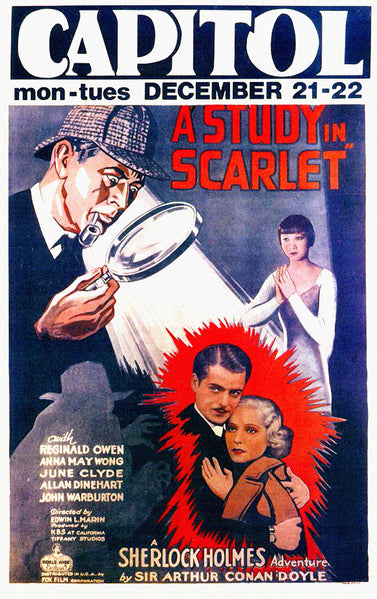
Isleworth Studios - The forgotten Hollywood
Isleworth Studios has an intriguing history and linkages to early film-making in Britain during the 20th century:
- Originally constructed in around 1919, Isleworth Studios was one of the first purpose-built film studios established in the UK during the silent era.
- Its facilities included one large open air stage and a smaller enclosed studio space fitted with early film technologies, which could be rented by production crews.
- Isleworth Studios provided filming locations to some of the British film industry's pioneering producers like Cecil Hepworth, whose classic 1921 silent film Comin' Thro the Rye was shot there.
- The studios also hosted shooting for Alfred Hitchcock's 1929 silent thriller Blackmail, with the young director honing his craft at Isleworth's flexible filming accommodations.
- Isleworth Studios' proximity to London and reliable transport access via the Thames and railways made it an affordable alternative to central London studios in the 1920s.
- The facilities provided vital infrastructure in Isleworth to sustain Britain's rapidly growing movie industry in the years before huge studios like Pinewood were built.
So while perhaps not as famous as other studios, Isleworth Studios played an important role nurturing British film-making's early development and talent like Hitchcock in the early 20th century silent period. Its place in cinema history is assured!
Famous films made at the Isleworth Studios

1951
The African Queen
The African Queen is a 1951 adventure film directed by John Huston. It stars Humphrey Bogart and Katharine Hepburn. The plot involves a Canadian steam launch captain (Bogart) and a British missionary (Hepburn) traveling together down a river in German East Africa during World War I. They face various challenges and dangers along the way.
Did you know
This film is often wrongly attributed to Shepperton Studios

1933
A Study in Scarlet, Sherlock Holmes
A Study in Scarlet introduces Sherlock Holmes and Dr. John Watson and details their first case together. In the novel, Watson becomes Holmes' roommate and chronicler of his cases. The story involves the murder of a man named Enoch Drebber, who was killed in a deserted house in London. Strange clues like a mysterious message written in blood and a wedding ring lead Holmes to uncover that Drebber and his secretary were involved with the kidnapping and murder of a young woman in America years earlier. Holmes traces the murder back to the woman's vengeful siblings.
Did you know
The producers of this film only purchased the title to the original novel, and therefore the film is a completely different story.

1934
The Private Life of Don Juan
The 1934 film The Private Life of Don Juan offers a fictionalized look at the aging legendary libertine, depicting Don Juan as tired of his unfulfilling womanizing lifestyle as he approaches his 50th birthday. The movie follows him after he rescues a young woman named Antonita from suicide, subsequently falling in love with her, which begins changing his usually self-centered outlook. However, Antonita’s disapproving father seeks to manipulate and expose Don Juan’s past. This conflict forces Don Juan into serious self-reflection about the kind of man he truly wants to be. Ultimately, Don Juan renounces his promiscuous ways, commits to Antonita, and walks hopefully into a reformed future with her by his side. The film mixes comedy, drama and romance to present a fictional take on Don Juan's later life journey from famous hedonist to romantic redemption.
Collections
-

Claudia Marchese
About the Artist Claudia Marchese is an Italian painter and designer illustrator...



